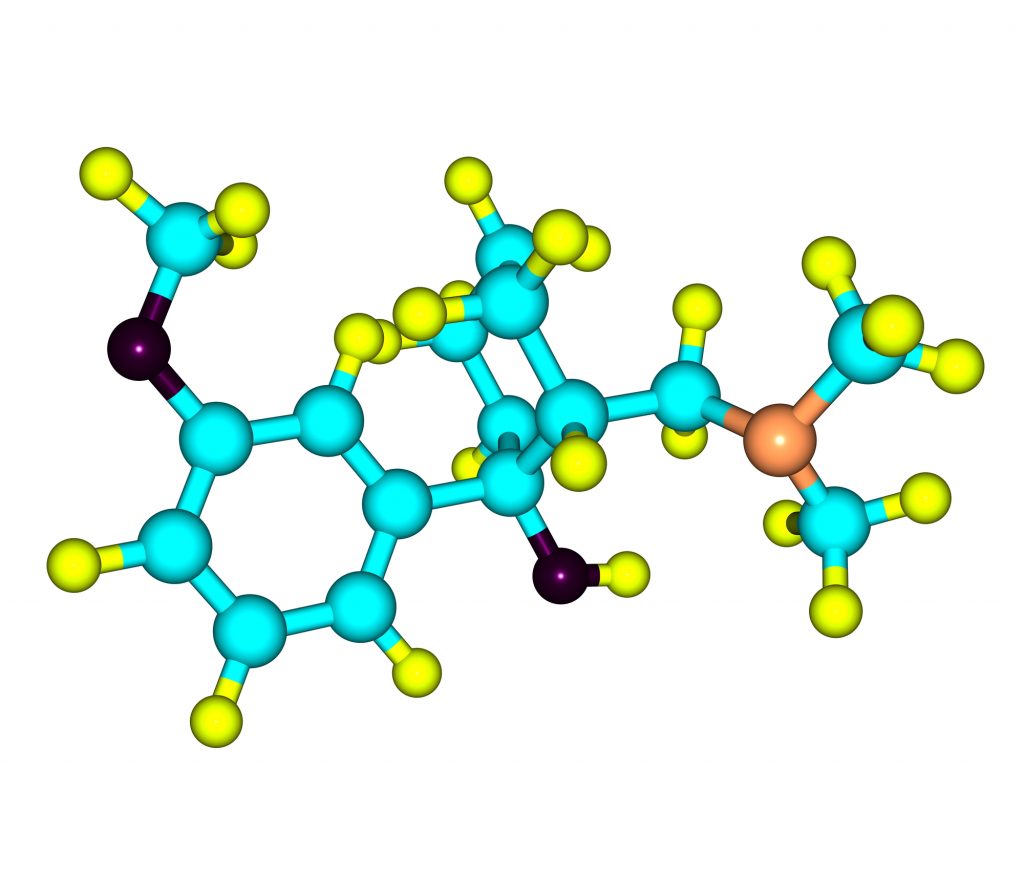Tramadol is the best medication to relieve chronic pain
Tramadol is an effective narcotic (opiate) analgesic prescribed to relieve moderate to severe pain. Both long-acting and short-acting forms of Tramadol are available. The form of Tramadol you are prescribed depends on the level of severity of your pain.

How Tramadol Works
Tramadol is an opioid painkiller and it is the generic name for drugs including Ultram, Ultram ER, Ryzolt, FusePaq Synapryn, Rybix ODT, and ConZip. Tramadol works by changing the way the central nervous system adapts the body pain. People naturally have endogenous opioids in their body, which attach to special opioid receptors in order to activate some effects in the human body. When some endogenous opioid binds to the right receptor, it can cause several effects in the body such as analgesia to relieve pain, tiredness, slowing down of breathing, difficulty defecating. Tramadol activates the opiate receptors, naturally existing in the human body. It can manipulate this natural process by activating the same receptors the endogenous opioids do. Tramadol imitates the effect of natural opioids in the human body to provide pain relief.
In addition, Tramadol is able to reduce the transmission of pain impulses in the body by discontinuing the pain signals in the spinal cord and interrupting the signals coming from the brain in the central nervous system. It can also increase the levels of the norepinephrine and serotonin of neurotransmitters associated with pain.

Side Effects of Tramadol
Any type of drug can cause unpleasant side effects. Tramadol is no exception. You should consult or visit your doctor immediately, if you have any of the following side effects: nausea and vomiting, headaches, diarrhea, constipation, dizziness, dry mouth, drowsiness, muscle tightness or stiffness, itching, sweating and chills, mood changes, such as agitation or anxiety.

In addition, there are also other some side effects which can appear in some people and require immediate medical attention: rash, hives, difficulty breathing, seizures, hallucinations, loss of consciousness, lightheadedness, decreased awareness, decreased pupil size, and irregular heartbeat.
Tramadol is strictly forbidden for children under the age of 16, nursing mothers and pregnant women. As well, the use of Tramadol should be under control if:
- You take antidepressants.
- You suffer from liver or kidney disorders.
- You have a history of head injury.
- You are elderly.
Tramadol Overdose
A potent painkiller Tramadol is a safe and controlled substance if it is administered properly. But like other opioid medications, it carries its risk. Do not take Tramadol in more amounts than it is prescribed and do not take Tramadol more frequently and for longer than directed. You should take Tramadol only as administered by your doctor.
Never increase the dosage yourself even if you feel the analgesic would be more effective at a higher dose. If you decide to terminate taking the painkiller, do not go cold turkey. Consult your doctor so you can wean yourself off taking it safely.
As well, like other opiate analgesics, Tramadol carries a risk of dependency, and the overdose can be occurred due to misuse of the drug.
Taking it in high doses or combining with other substances and depressants (sleep aids or alcohol) can lead to life-threatening respiratory distress. Common Tramadol overdose symptoms include small pupils, unresponsiveness, and cold or clammy skin.
 howMed Know Yourself
howMed Know Yourself




